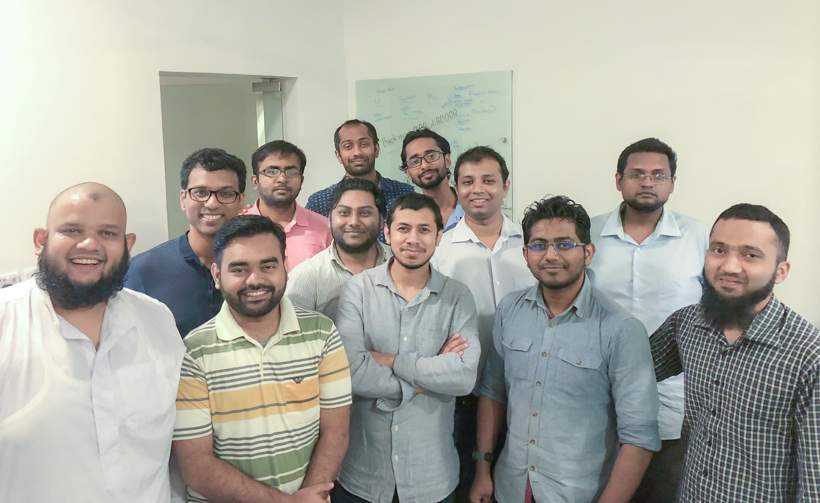
Ever wondered what happens when you order rice and dal or a pack of diapers on Chaldal? How does Chaldal predict demand and then ensure the availability of tomato or potato the next day? How does Chaldal map delivery routes and ensure on-time delivery or ensure there are no or minimum missing products in your orders? Ever wished there was a way to know if your urgently needed product is available on Chaldal and how long it would take to arrive at your place? This is exactly what techies at Chaldal do on a daily basis. Over the years, Chaldal’s technology team has built systems, models, and tools to figure these questions out.
“Selling groceries at scale is a complex problem,” says Chaldal CTO Tejas Viswanath in a 2018 interview with FS. It indeed is. Currently, Chaldal processes somewhere between 1700-2000 orders daily. Some days the number goes beyond 2500 orders. Each order contains on average 15-20 items, and these items can be in any one of its 9 warehouses. Chaldal has about ~5500 products on its platform and the number keeps on growing. This tells only about a tiny part of a complex operation.
That complexity of managing groceries is exacerbated by the daily nature of the service. Grocery is a constant part of our daily lives. We all need it daily. It is sensitive in that if your egg or rice does not arrive on time, you might go hungry. Now, as we mentioned earlier, ensuring on-time delivery of your grocery order is a complex task for various reasons.
While it looks like a mere task, it is not. It is a sophisticated process. It does not even start with you placing the order. Even before you place the order someone had to understand a day ahead that you would order some tomato today. Then ensure that when you order your tomato, it is available in the stock.
Then comes you placing the order. Once you place an order, it goes to the people who handle fulfillment, and then it goes to the delivery planner, and so on. Add the unbearable traffic of Dhaka city on top of that. To give you a context, the average traffic speed in Dhaka is currently only 6.4 kph (kilometers per hour). It is a herculean job. When your grocery arrives at your doorstep, it is a result of sweat and sincere love of a long list of people who wanted to make you happy and your life easier.
Over the past few years, a small team of 15 techies at Chaldal have designed technology solutions to crack some of the biggest problems a modern grocery retailer faces. They have come out with a real-time prediction tool that can automatically predict orders/demands and generates POs to alert the sourcing team to source products from its suppliers.
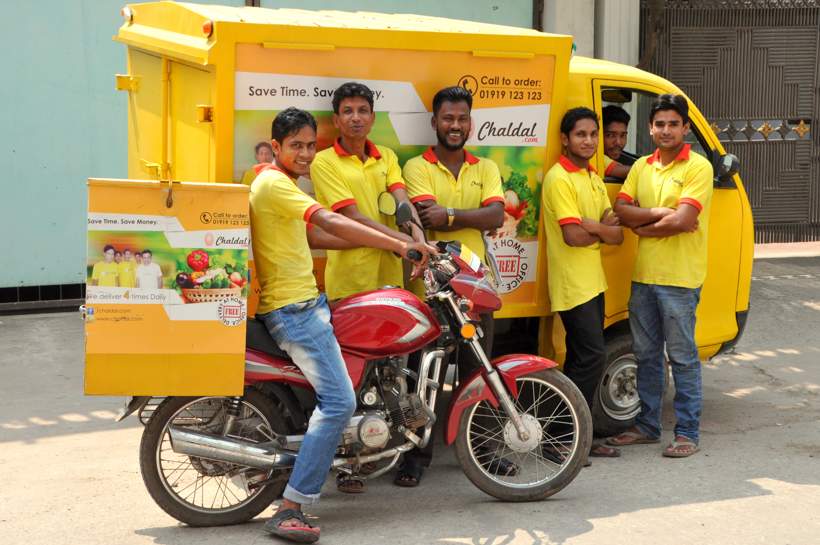
Over the past few years, a small team of 15 techies at Chaldal have designed technology solutions to crack some of the biggest problems a modern grocery retailer faces. They have come out with a real-time prediction tool that can automatically predict orders/demands and generate POs to alert the sourcing team to source products from its suppliers. There is no human interface in predicting the orders and generating the POs.
The system predicts using a combination of machine learning and analytics based on the uptake of customers, historical data, weather data, major events, and so on. It can predict what product should arrive at what date. Then comes sorting and picking.
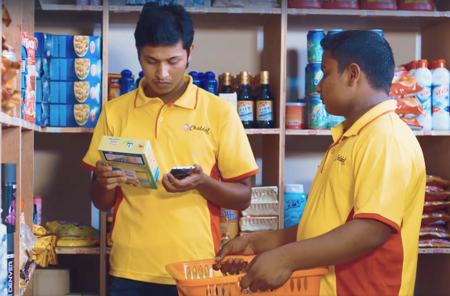
To improve sorting and picking the company has developed systems that tell its sorting and picking staff at warehouses where a particular product is placed, helping to reduce time to prepare and fulfill an order. “Shelving is mostly done automatically,” says Emrul Kayes, a Product Manager at Chaldal. “We have shelves, we have shelf numbers, we have shelf columns. We measure every item, we measure the shelves and dimensions of shelves to categorize which product to put where, and we run these data through the software, so it tells me where to put the product on the shelves. And it also tells me where to pick it up from when the picker comes up. So there is no need to memorize where the products are.” It dramatically improves order preparation time. The company is now working on putting weighing sensors on its shelves so that it helps reduce missing products. Once products are sorted, it needs proper routing to ensure timely delivery.
Chaldal has developed an advanced routing system that quickly scans the addresses and determines address confidence and generates route plans for delivery agents to deliver the orders. This helps save time.
Recently, Chaldal has developed a solution called Chaldal Credit that streamlines its payment and automates refund, cashback, etc. As a result, customers do not have to wait for manual approval to receive their refund or cashback. Previously, users had to wait to receive the money manually in case of a refund. With the Chaldal Credit, Chaldal has made it simpler for users to accept refunds directly into their account without any manual approval and hence delay. They can get their refunds instantaneously in their Chaldal account and use that credit to shop in the future.
Almost every technology at Chaldal is designed in-house, taking into consideration the demand of the company and the nature of its operation. Technology powers almost everything at Chaldal. What you see when you type Chaldal.com is just the tip of the iceberg. The bigger version is at the back where Chaldal has automated almost every single step that fulfilling an order requires.
“What customers see on the front-end of Chaldal is basically about 5% of what we do,” says Mr. Emrul. He shows us an app and a desktop interface where there are tons of icons, graphs, figures, and charts depicting various parts of the Chaldal operation. You could see everything from marketing to HR to logistics here. If you look at the logistics and delivery, there is a section that shows the delivery times and how quickly the products should be delivered, another section shows address confidence, and another section shows the status where you will see orders popping up and labels to understand which orders are prepared and which are not. There is one person assigned to take actions based on the labels given to the orders in the ‘status’ section. The routing manager sees all this information and plans accordingly. The delivery agent can see their routes and ensures the timely delivery. “This is the Chaldal on the back-end and it is quite complex as you could see,” Mr. Emrul adds.
Chaldal has not only built tech to optimize operation, but it has also done so for its people as well. Unlike many companies that use third-party task management software, Chaldal has developed its own task management software called Protocol. Mr. Emrul says Protocol is an in-house-built task and project management app. It is similar to Trello but it is made taking priorities and nature of work of Chaldal into consideration. It addresses the tasks that people need to do at Chaldal. It has rooms for sourcing, logistics, delivery, and all that. You could tag all these things within it.
Chaldal has developed an advanced routing system that quickly scans the addresses and determines address confidence and generates route plans for delivery agents to deliver the orders. This helps save time.
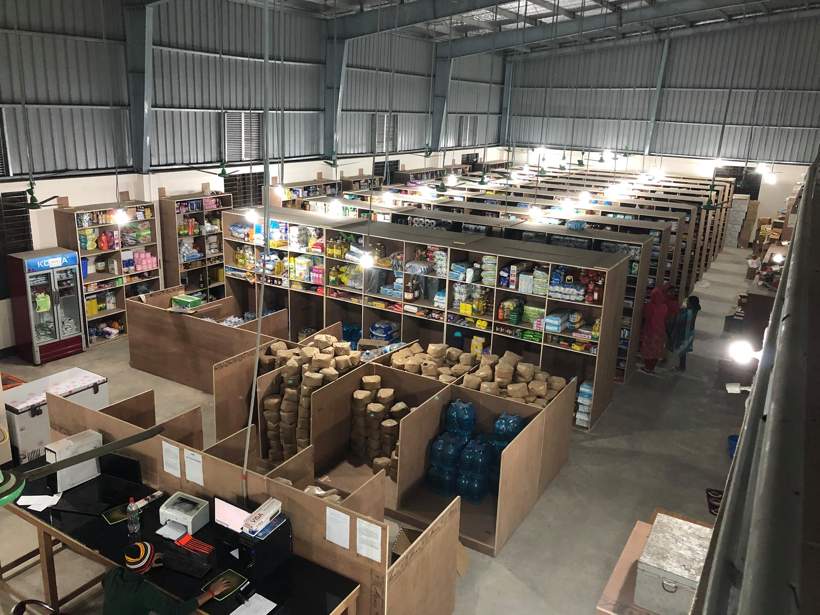
Team Chaldal has worked over the past years to automate as much of its operation as well. Almost everything is automated here at the back-end from a customer placing an order to prepare the delivery and mapping the route. You would appreciate this more if you take a closer look into the life cycle of an order that goes through the Chaldal system.
“Let me run you through an order,” says Mr. Emrul. He then goes on to explain the life cycle of an order. It begins with the customer placing an order. Placing an order is not merely placing an order. There is a human working to make your day easier. For example, you want to buy some rice from Chaldal. You go to the Chaldal website, which is your first interaction with Chaldal, this interaction has to be smooth and simple so that you could place an order easily and feel comfortable doing that.
As soon as an order comes in, pickers and people in the designated warehouse get to see the order on the screen. They pick the orders and make them ready. There is a dispatch in charge who checks how many orders are there in his/her area. S/He plans out the route for each delivery man. When the orders are marked ready on the app, the delivery man comes in. He picks up orders through another app built for them called the Transport app. With the help of the transport app, he goes around his route and delivers orders that are assigned to him and then updates afterward. He takes a certain amount of cash for change, and when he comes back he does the reconciliation of how much cash and the product he has given. So that’s the life cycle of an order.
Then there is a life cycle of sourcing as well - how Chaldal sources products. As explained earlier, one of the challenges of modern retail is predicting demand to ensure the availability of products as well as to reduce wastage. Chaldal has figured out an effective prediction mechanism to ensure both. Swadhin, one of the engineers at Chaldal, who has been working on predicting orders explains the process. “Swadhin is our data wiz and he can tell you when there would be an increase in demand for tomato,” says Mr. Emrul. Mr. Swadhin works with a handful of tools to predict the variability in demands. This affects many parts of the Chaldal system starting from supply to logistics to customer experience. Chaldal uses a combination of machine learning and AI to predict the demand. “We use historical data, weather data, events of the day and month, offers, and other pertinent factors to predict orders,” says Swadin. “The implication of this is that when your order beef on a rainy day or a packet of khichuri rice, you find it available in the stock.”
Based on the uptake in demand, the system generates PO automatically, and the supply chain team takes care of the rest.
Then comes ‘sorting’. “Since we have multiple warehouses, we cannot ask our vendors to deliver products to all nine warehouses. Instead, they deliver to one warehouse, from there we have our system to decide how many products which warehouse needs, and accordingly, the products are distributed through our software. We have an app called ‘Warehouse Ops, where there is a sorting section that sorts out how many products go to which warehouse. This happens in two warehouses and then it gets distributed.”
Chaldal does not use any robotics as yet because for that to happen it needs to make changes in the infrastructure. Chaldal is working on a plan to automate stocking. Every shelf will have weighing sensors on it, as soon as someone picks a product up, the sensor would automatically detect and tell which product has been picked up. That should improve on reducing missing products. Missing is a challenge in grocery. “Even though we have put every effort to avoid missing, at the end of the day we go a few products missing. Hopefully, this automated weighing capability on the shelves would help us to bring missing products to zero, says Mr. Emrul.”
“Let me run you through an order,” says Mr. Emrul. He then goes on to explain the life cycle of an order. It begins with the customer placing an order. Placing an order is not merely placing an order. There is a human working to make your day easier. For example, you want to buy some rice from Chaldal. You go to Chaldal website, which is your first interaction with Chaldal, this interaction has to be smooth and simple so that you could place an order easily and feel comfortable doing that. As soon as an order comes in, pickers and people in the designated warehouse get to see the order on the screen........
Chaldal’s technology team is spread across 3 offices – Dhaka, Singapore, and San Francisco. Over the past years, the company has built a great culture for techies. “Culture is very important for us; life is too short to spend your time with someone who isn’t a friend, says Tejas Viswanath. “We have a no-meetings policy; we don’t want to waste people’s time with pointless bureaucracy. Our company is founded on the realization that engineers are the best people to build our products, so they’re given the authority to make decisions; we don’t have non-technical managers. Putting good engineers under a non-technical manager is the surest way to kill engineering creativity.”
The company makes it a priority that it takes care of its people. “We’re very cognizant of stress,” Tejas tells us. “6-hour focused workday can take you very far, so we do not expect people to work through the night. A lot of companies pressure their engineers into working well into midnight, or through weekends, without realizing that the long-term output of these people will reduce.”
Sleep and relationships are important; when these get affected you burn out faster, which leads to engineers working with lesser intelligence over the long term. Tejas explains Chaldal is mindful of these issues. He says there may be days when there is an emergency such as Chaldal servers go down or there is a critical issue, that may require all-hands-on-deck, but this is generally the exception rather than the rule.
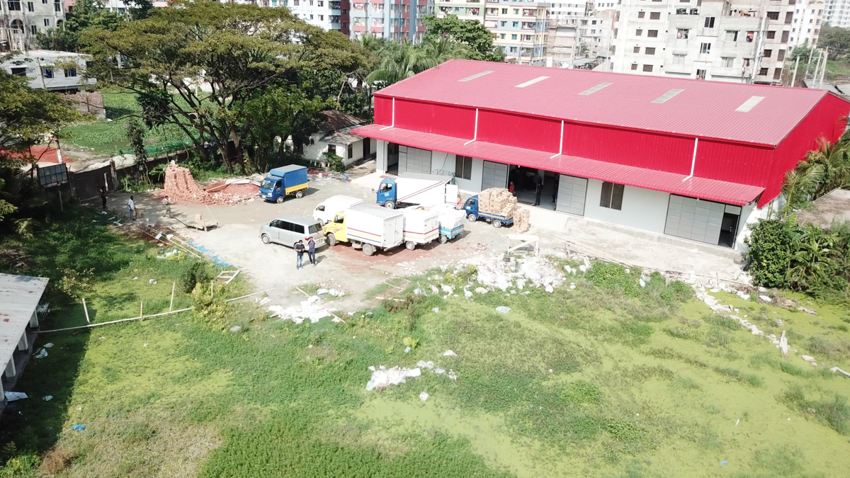
“We are just beginning to understand the factors affecting our efficiency,” Mr. Emrul tells us. “We have started to scratch the surface. As we look to the future, we are always identifying better ways to improve the model. There's a lot more work to be done,” he adds.
The company makes it a priority that it takes care of its people. “We’re very cognizant of stress,” Tejas tells us. “6-hour focused workday can take you very far, so we do not expect people to work through the night. A lot of companies pressure their engineers into working well into midnight, or through weekends, without realizing that the long-term output of these people will reduce.” Sleep and relationships are important; when these get affected you burn out faster, which leads to engineers working with lesser intelligence over the long term. Tejas explains Chaldal is mindful of these issues.
